Home>Home Appliances>Laundry Appliances>How To Clean A Washing Machine Dispenser
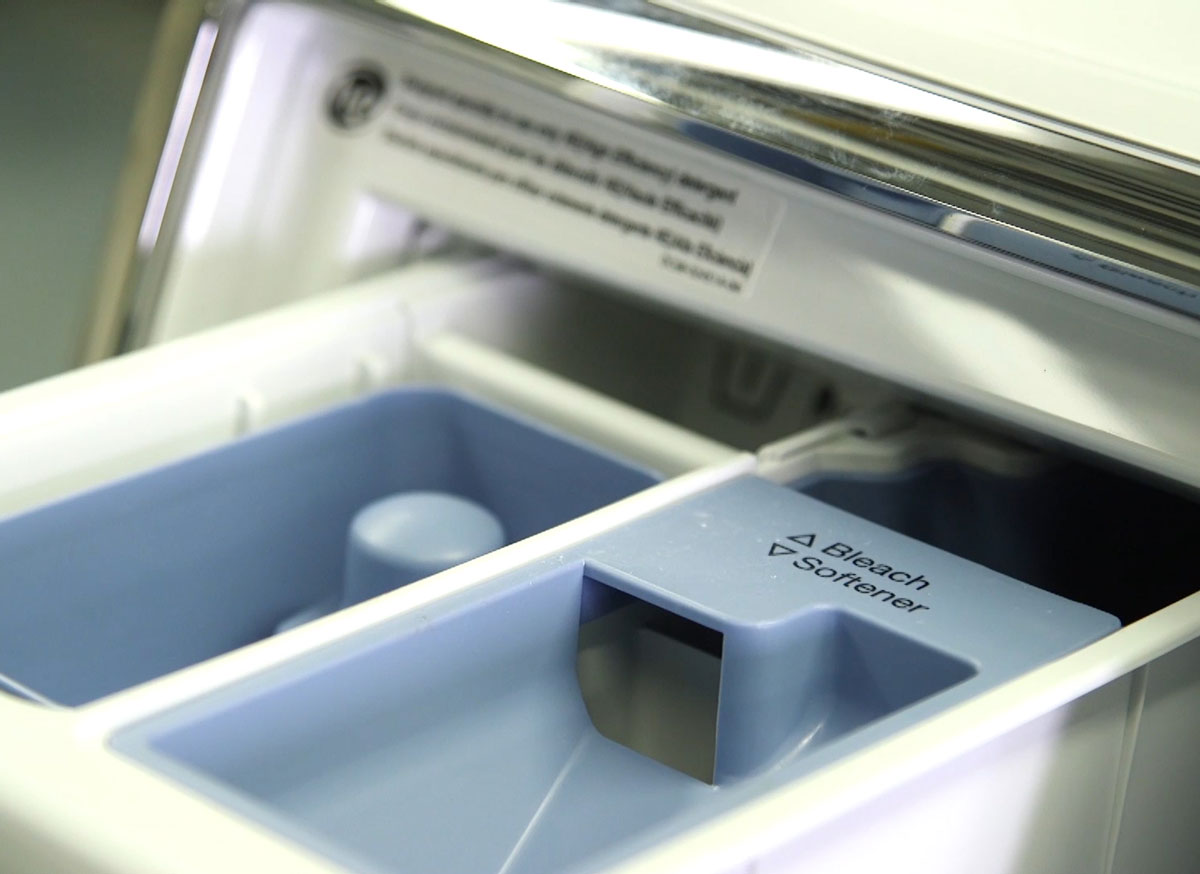

Laundry Appliances
How To Clean A Washing Machine Dispenser
Modified: March 19, 2024
Learn how to effectively clean your washing machine dispenser to maintain the hygiene of your laundry appliances. Follow our step-by-step guide for a sparkling clean dispenser.
(Many of the links in this article redirect to a specific reviewed product. Your purchase of these products through affiliate links helps to generate commission for Storables.com, at no extra cost. Learn more)
Introduction
Cleaning your washing machine dispenser may not be the first thing that comes to mind when you think about household chores, but it's a crucial task that often gets overlooked. Over time, detergent, fabric softener, and other laundry products can build up in the dispenser, leading to mold, mildew, and unpleasant odors. Neglecting this essential maintenance can not only affect the cleanliness of your laundry but also impact the efficiency and lifespan of your washing machine.
In this comprehensive guide, we'll delve into the importance of cleaning your washing machine dispenser, the materials needed for the task, and a step-by-step guide to ensure your dispenser is spotless. Additionally, we'll provide valuable tips for maintaining a clean washing machine dispenser to keep your laundry routine running smoothly.
By the end of this article, you'll have a clear understanding of why cleaning your washing machine dispenser is crucial and the knowledge to tackle this task effectively. Let's dive in and discover the secrets to a sparkling clean washing machine dispenser!
Key Takeaways:
- Regularly cleaning your washing machine dispenser with vinegar, baking soda, and hot water prevents mold, mildew, and residue buildup. This ensures clean laundry and extends the lifespan of your appliance.
- Maintain a spotless washing machine dispenser by using high-quality products, following usage guidelines, and incorporating regular maintenance. This promotes cleanliness, efficiency, and fresh laundry results.
Why Cleaning the Washing Machine Dispenser is Important
Cleaning the washing machine dispenser is a vital aspect of home appliance maintenance that is often underestimated. The dispenser, responsible for dispensing detergent, fabric softener, and bleach during the laundry cycle, can become a breeding ground for mold, mildew, and bacteria if not cleaned regularly. This accumulation can lead to foul odors, unsanitary conditions, and even affect the cleanliness of your laundry.
One of the primary reasons for cleaning the washing machine dispenser is to prevent the buildup of detergent and fabric softener residues. Over time, these residues can solidify and clog the dispenser, hindering the proper distribution of laundry products during the wash cycle. This can result in inefficient cleaning and rinsing, leaving behind traces of detergent and fabric softener on your clothes. Additionally, the accumulation of residues can lead to the formation of mold and mildew, compromising the hygiene of your washing machine and the cleanliness of your laundry.
Regular cleaning of the washing machine dispenser also contributes to the overall efficiency and longevity of the appliance. A clean dispenser ensures that laundry products are dispensed as intended, allowing for optimal cleaning performance. Furthermore, by preventing the buildup of mold and mildew, regular cleaning helps to maintain a hygienic environment within the washing machine, reducing the risk of bacterial contamination and unpleasant odors.
In addition to the practical benefits, maintaining a clean washing machine dispenser also aligns with a sustainable and eco-friendly approach to laundry care. By preventing the accumulation of residues and mold, you can minimize the need for harsh cleaning agents and reduce water and energy consumption associated with re-washing soiled laundry.
In essence, cleaning the washing machine dispenser is not just about maintaining the appliance; it's about ensuring the cleanliness, hygiene, and efficiency of your laundry routine. By prioritizing this often overlooked task, you can enjoy fresh, clean laundry while prolonging the lifespan of your washing machine.
Materials Needed for Cleaning
To effectively clean your washing machine dispenser, you'll need a few basic materials that are readily available and easy to use. These items are essential for removing residues, mold, and mildew from the dispenser, restoring its cleanliness and functionality. Here's a list of the materials needed for this cleaning task:
-
White Vinegar: This versatile household staple is a powerful natural cleaner and disinfectant. White vinegar effectively dissolves mineral deposits, soap scum, and residues, making it an ideal solution for cleaning the washing machine dispenser.
-
Baking Soda: Known for its gentle abrasive properties and deodorizing abilities, baking soda is an excellent ally in the battle against mold, mildew, and stubborn residues. It helps to scrub away buildup and neutralize odors, leaving the dispenser fresh and clean.
-
Hot Water: Hot water is an essential component for dissolving and rinsing away residues and impurities from the dispenser. It aids in loosening stubborn deposits and ensures a thorough cleaning process.
-
Microfiber Cloth or Sponge: A soft microfiber cloth or sponge is perfect for wiping and scrubbing the interior of the dispenser. Its gentle yet effective texture helps to remove grime without causing damage to the surfaces.
-
Toothbrush or Small Brush: A toothbrush or small brush with soft bristles is invaluable for reaching tight corners and crevices within the dispenser. It allows for detailed cleaning and ensures that no area is left untouched.
-
Mild Dish Soap: While not always necessary, a mild dish soap can be used to remove greasy residues and provide additional cleaning power when dealing with stubborn buildup.
By gathering these materials, you'll be well-equipped to tackle the task of cleaning your washing machine dispenser thoroughly. Each item plays a specific role in the cleaning process, working together to eliminate residues, mold, and mildew, and restore the dispenser to a pristine condition. With these materials at your disposal, you'll be ready to embark on the step-by-step cleaning process and maintain a hygienic and efficient washing machine dispenser.
Mix equal parts of white vinegar and water and pour the solution into the detergent and fabric softener compartments. Let it sit for 30 minutes, then run a hot water cycle to clean the dispenser. Wipe any remaining residue with a cloth.
Step-by-Step Guide to Cleaning the Washing Machine Dispenser
-
Prepare the Cleaning Solution: Start by mixing equal parts of white vinegar and water in a small container. This solution will serve as a powerful yet natural cleaner for removing residues and disinfecting the washing machine dispenser.
-
Remove the Dispenser Components: Carefully detach the detergent, fabric softener, and bleach compartments from the washing machine dispenser. Depending on the model of your washing machine, these components may be removable or have a hinged lid for easy access.
-
Soak the Components: Submerge the detached dispenser components in the prepared vinegar and water solution. Allow them to soak for at least 15-30 minutes to loosen and dissolve any stubborn residues and buildup.
-
Scrub the Dispenser: While the components are soaking, use a toothbrush or small brush to scrub the interior of the dispenser. Dip the brush into the vinegar solution and gently scrub the walls, corners, and crevices to dislodge any accumulated grime, mold, or mildew.
-
Clean the Components: After soaking, use a microfiber cloth or sponge to wipe and scrub the detached dispenser components. Ensure thorough cleaning of each compartment, paying attention to any residue or discoloration.
-
Rinse with Hot Water: Once the dispenser and its components have been scrubbed, rinse them thoroughly with hot water. This will help to flush out loosened residues and ensure that the dispenser is free from any remaining cleaning solution.
-
Baking Soda Application: For an extra cleaning boost and deodorizing effect, sprinkle baking soda directly into the dispenser compartments. Use the toothbrush or a damp cloth to create a paste and scrub the surfaces, targeting any persistent stains or odors.
-
Reassemble the Dispenser: After cleaning and rinsing, reassemble the dispenser components back into their original positions within the washing machine. Ensure that each compartment is securely in place and ready for the next laundry cycle.
-
Run a Cleaning Cycle: To further cleanse the washing machine and eliminate any remaining traces of vinegar or baking soda, run a hot water cleaning cycle without any laundry. This will help to flush out any lingering residues and leave the interior of the machine fresh and clean.
-
Regular Maintenance: Make it a habit to clean the washing machine dispenser at least once a month to prevent the buildup of residues and maintain optimal cleanliness and functionality.
By following these step-by-step instructions, you can effectively clean your washing machine dispenser, ensuring that it remains free from mold, mildew, and residues. This thorough cleaning process contributes to the overall hygiene and efficiency of your washing machine, allowing you to enjoy fresh and clean laundry with every wash.
Tips for Maintaining a Clean Washing Machine Dispenser
Maintaining a clean washing machine dispenser goes beyond the initial cleaning process. To ensure ongoing cleanliness and optimal functionality, incorporating regular maintenance and preventive measures is essential. Here are valuable tips to help you maintain a spotless washing machine dispenser:
-
Monthly Cleaning Routine: Schedule a monthly cleaning routine for the washing machine dispenser to prevent the accumulation of residues and mold. Consistent maintenance will help uphold the cleanliness and efficiency of the dispenser, ensuring that it continues to dispense laundry products effectively.
-
Use High-Quality Products: Opt for high-quality detergents, fabric softeners, and bleach to minimize the buildup of residues in the dispenser. Quality products are formulated to dissolve effectively during the wash cycle, reducing the likelihood of leaving behind deposits that can lead to mold and mildew.
-
Proper Dispenser Usage: Follow the manufacturer's guidelines for using the washing machine dispenser. Avoid overfilling the compartments with laundry products, as excess residues can accumulate and lead to clogging and bacterial growth. Using the recommended amounts of detergents and fabric softeners will contribute to a cleaner dispenser.
-
Wipe Down After Use: After each laundry cycle, take a moment to wipe down the exterior of the dispenser with a damp cloth. This simple practice helps prevent the buildup of detergent and fabric softener residues on the surface, maintaining a clean and presentable appearance.
-
Ventilation and Drying: Ensure that the washing machine dispenser and its compartments are thoroughly dried after cleaning. Proper ventilation and drying prevent the formation of mold and mildew, preserving the cleanliness of the dispenser between cleaning sessions.
-
Inspect for Residues: Periodically inspect the dispenser compartments for any signs of residues or discoloration. Promptly address any buildup by cleaning the affected areas using the methods outlined in the step-by-step guide, preventing the escalation of mold and mildew.
-
Regular Machine Maintenance: In addition to cleaning the dispenser, adhere to the manufacturer's maintenance recommendations for the entire washing machine. Regular maintenance, such as descaling and cleaning the drum, contributes to the overall cleanliness and efficiency of the appliance, indirectly benefiting the dispenser.
By incorporating these tips into your laundry routine, you can maintain a clean and hygienic washing machine dispenser, ensuring that it continues to function optimally. Consistent care and attention to the dispenser will contribute to the overall cleanliness and efficiency of your laundry appliances, allowing you to enjoy fresh and pristine laundry results with every wash.
Frequently Asked Questions about How To Clean A Washing Machine Dispenser
Was this page helpful?
At Storables.com, we guarantee accurate and reliable information. Our content, validated by Expert Board Contributors, is crafted following stringent Editorial Policies. We're committed to providing you with well-researched, expert-backed insights for all your informational needs.
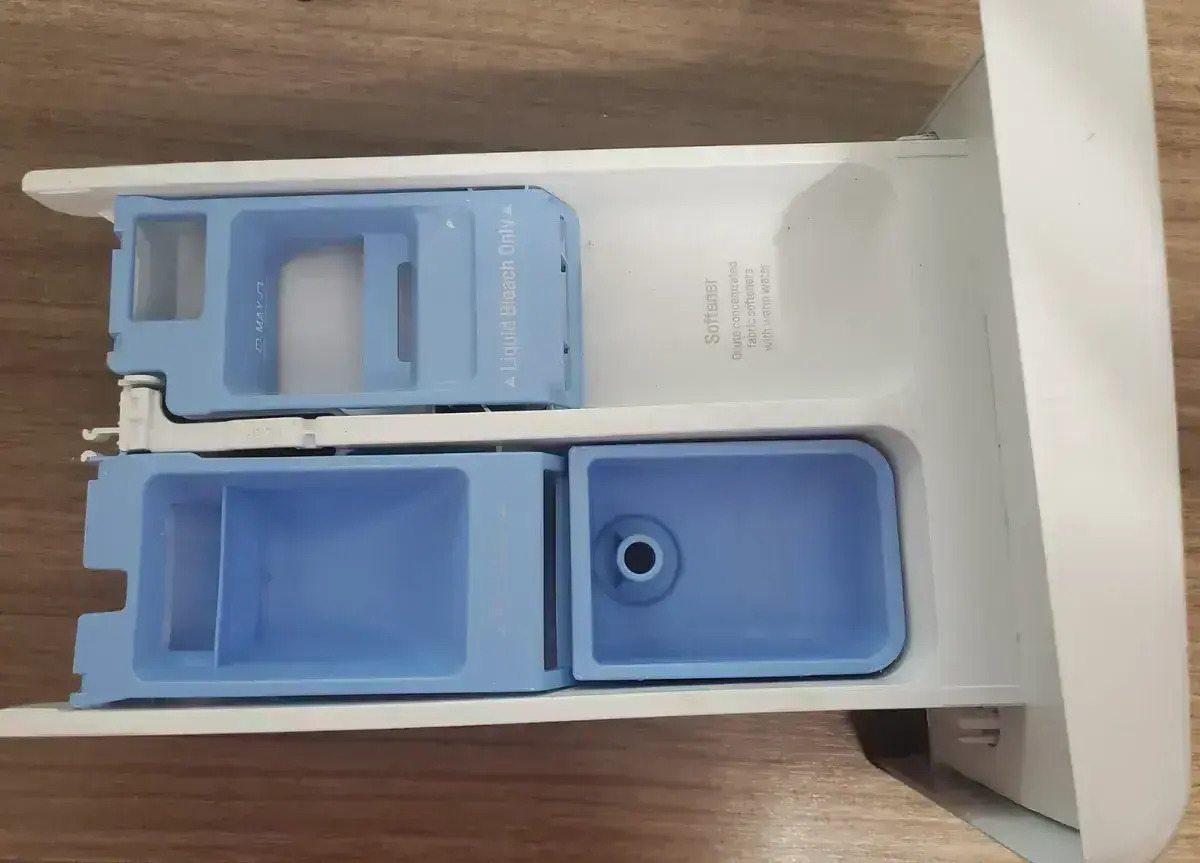
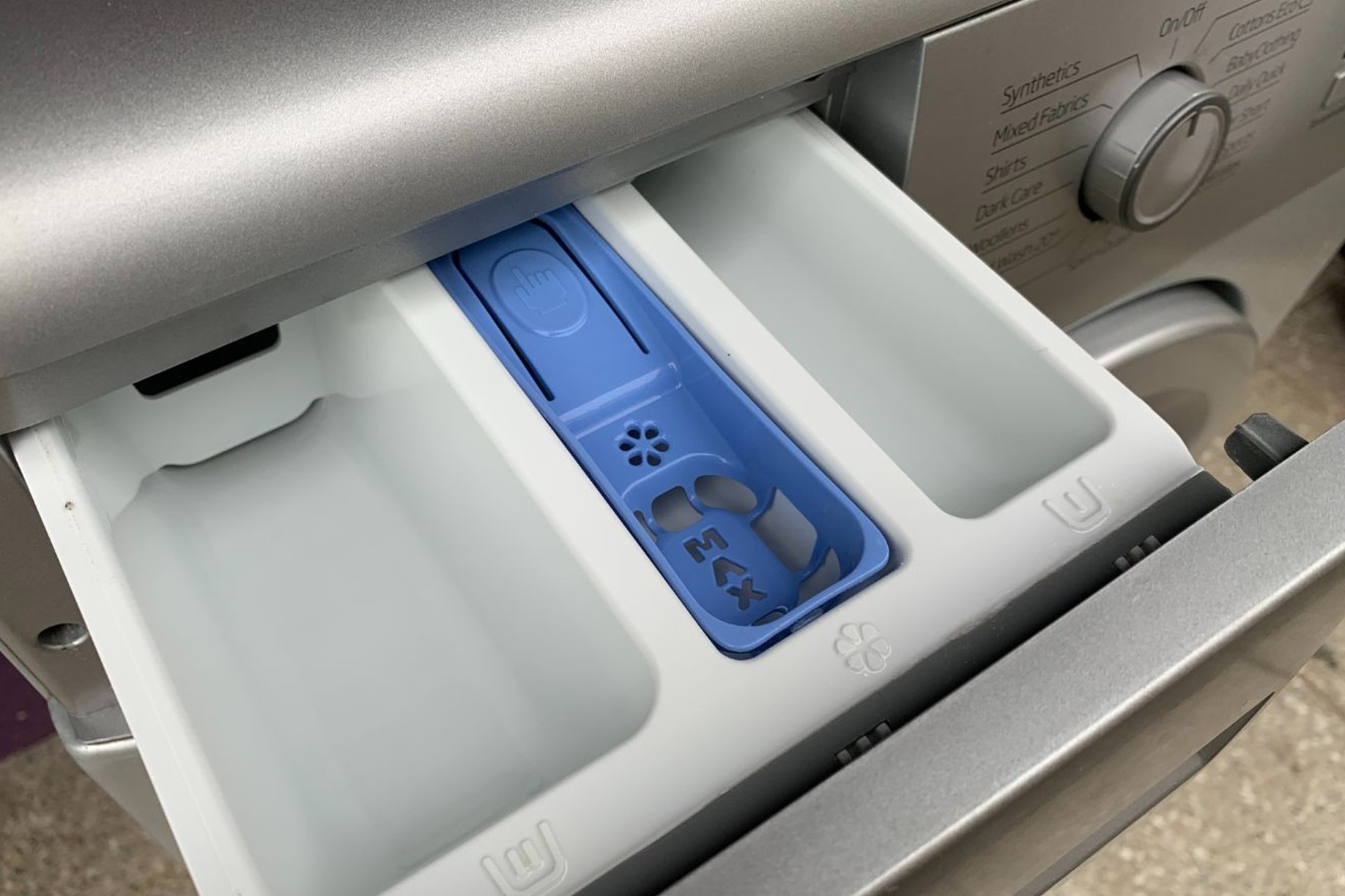
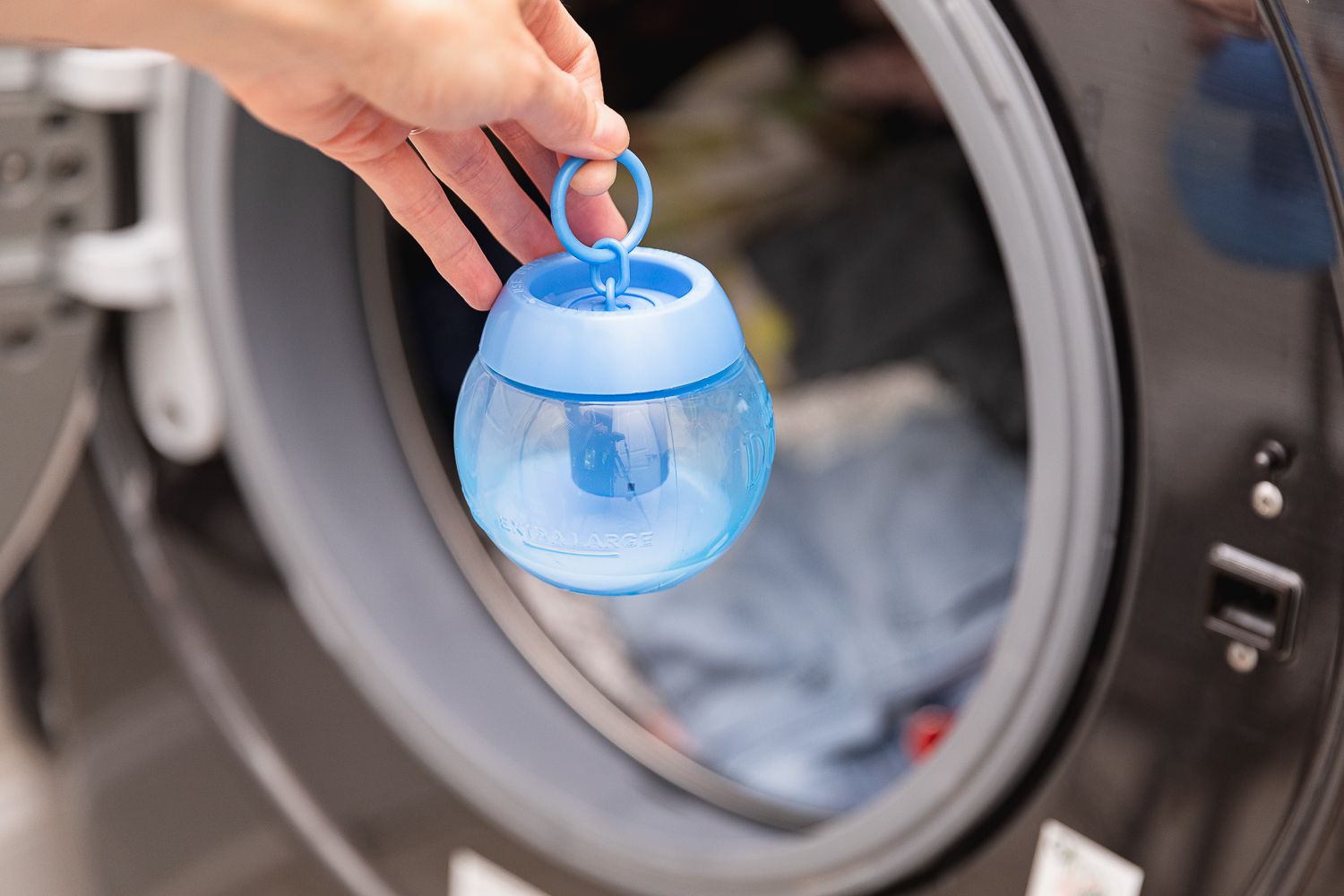

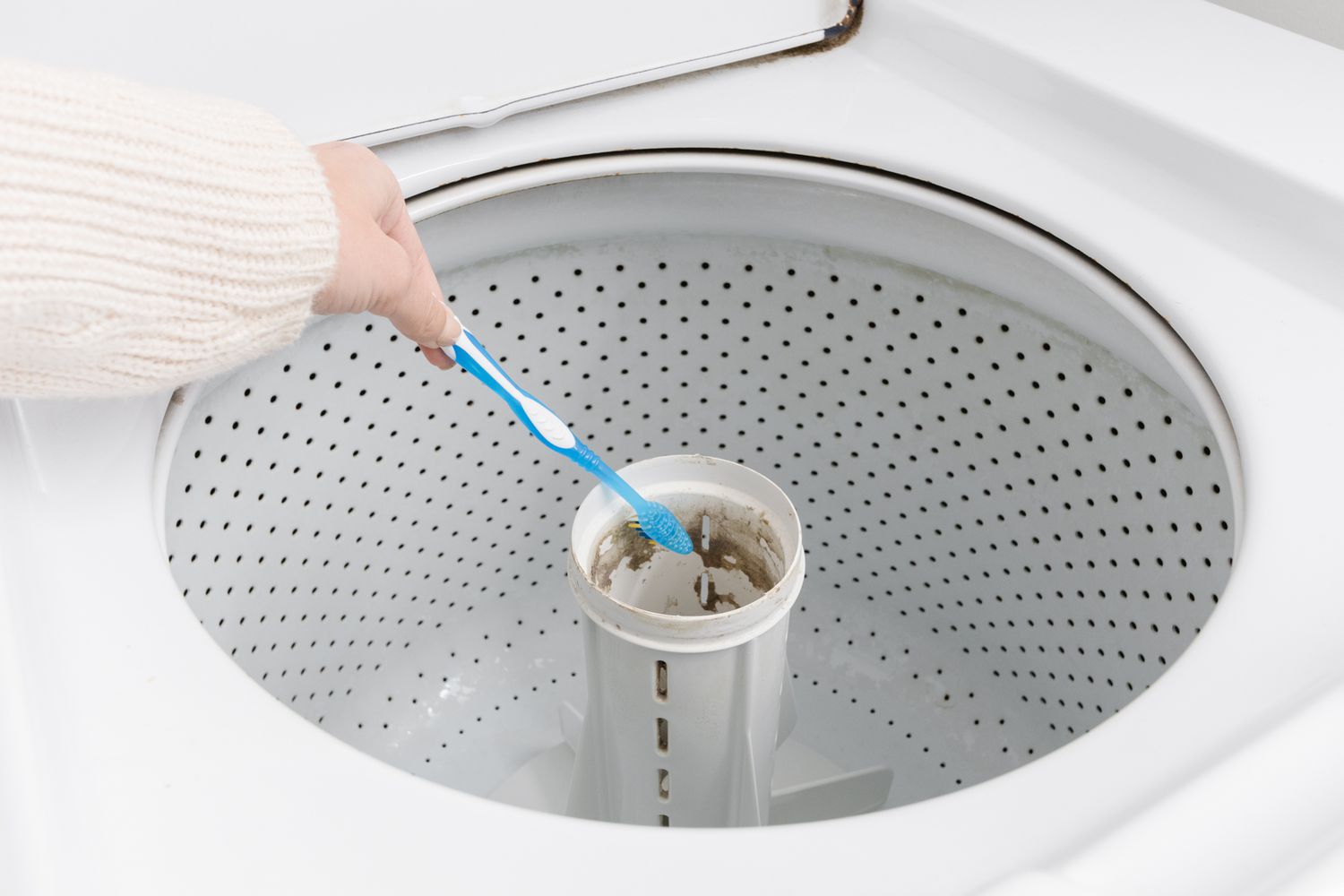
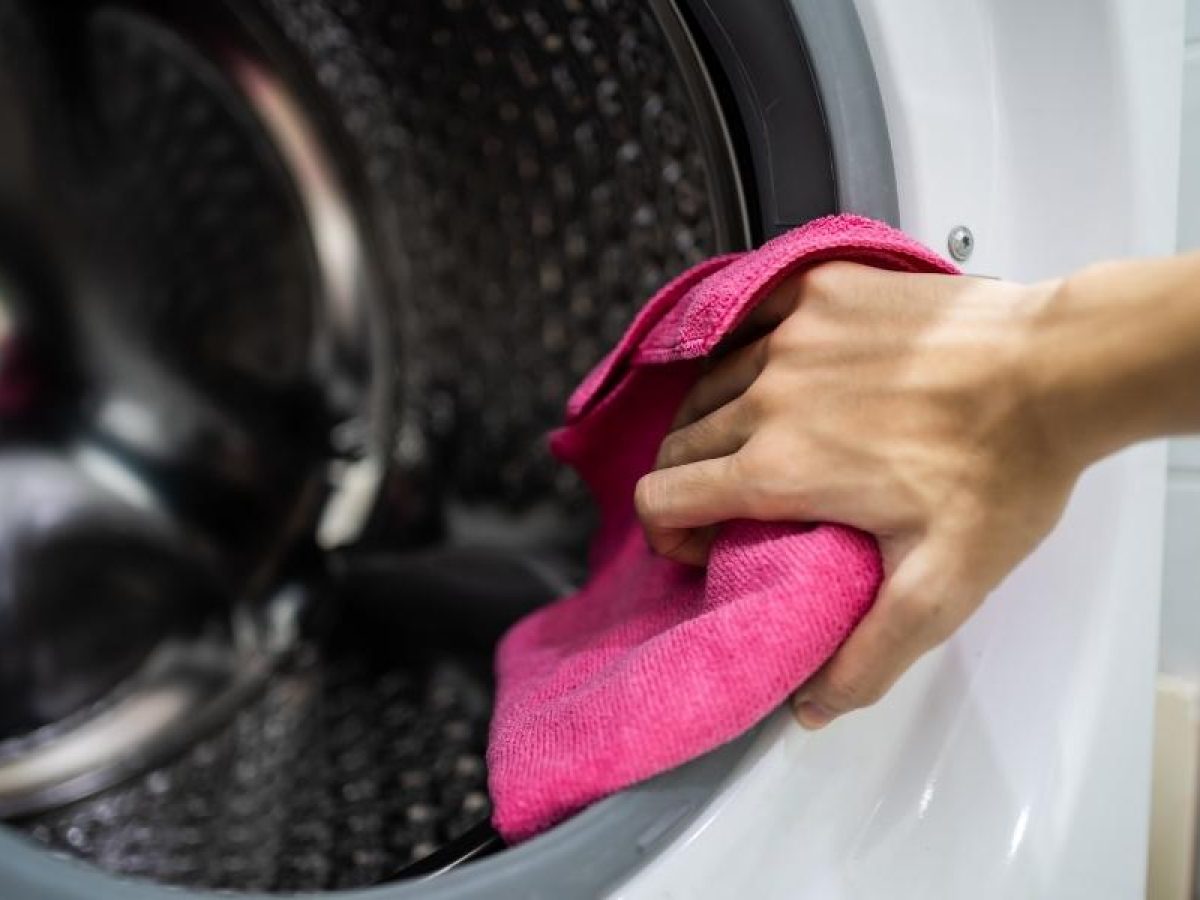
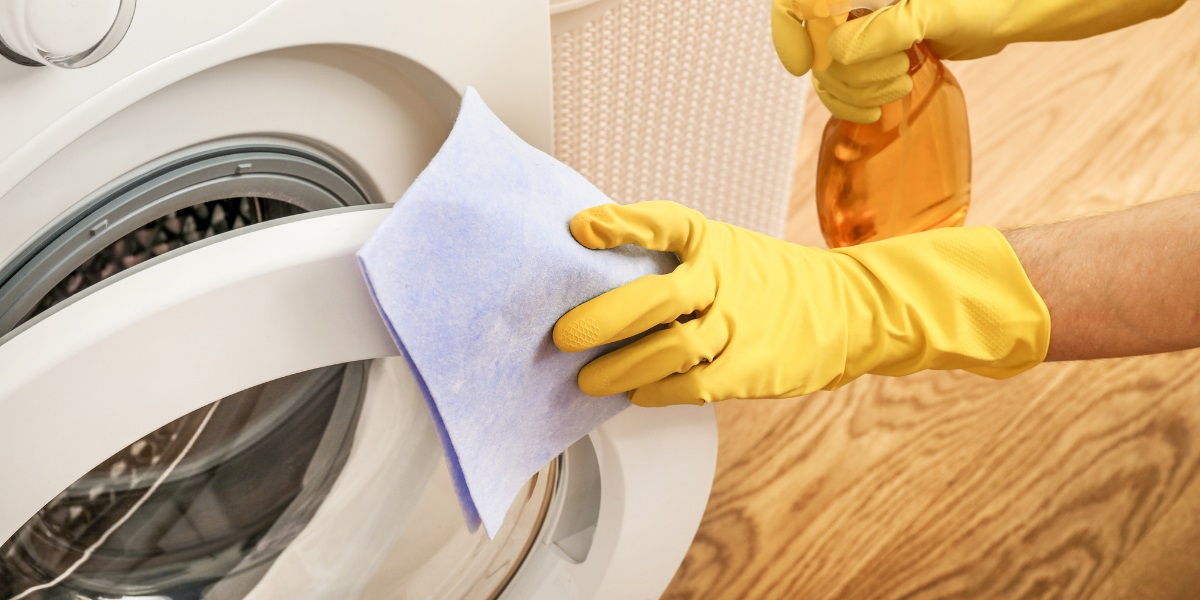
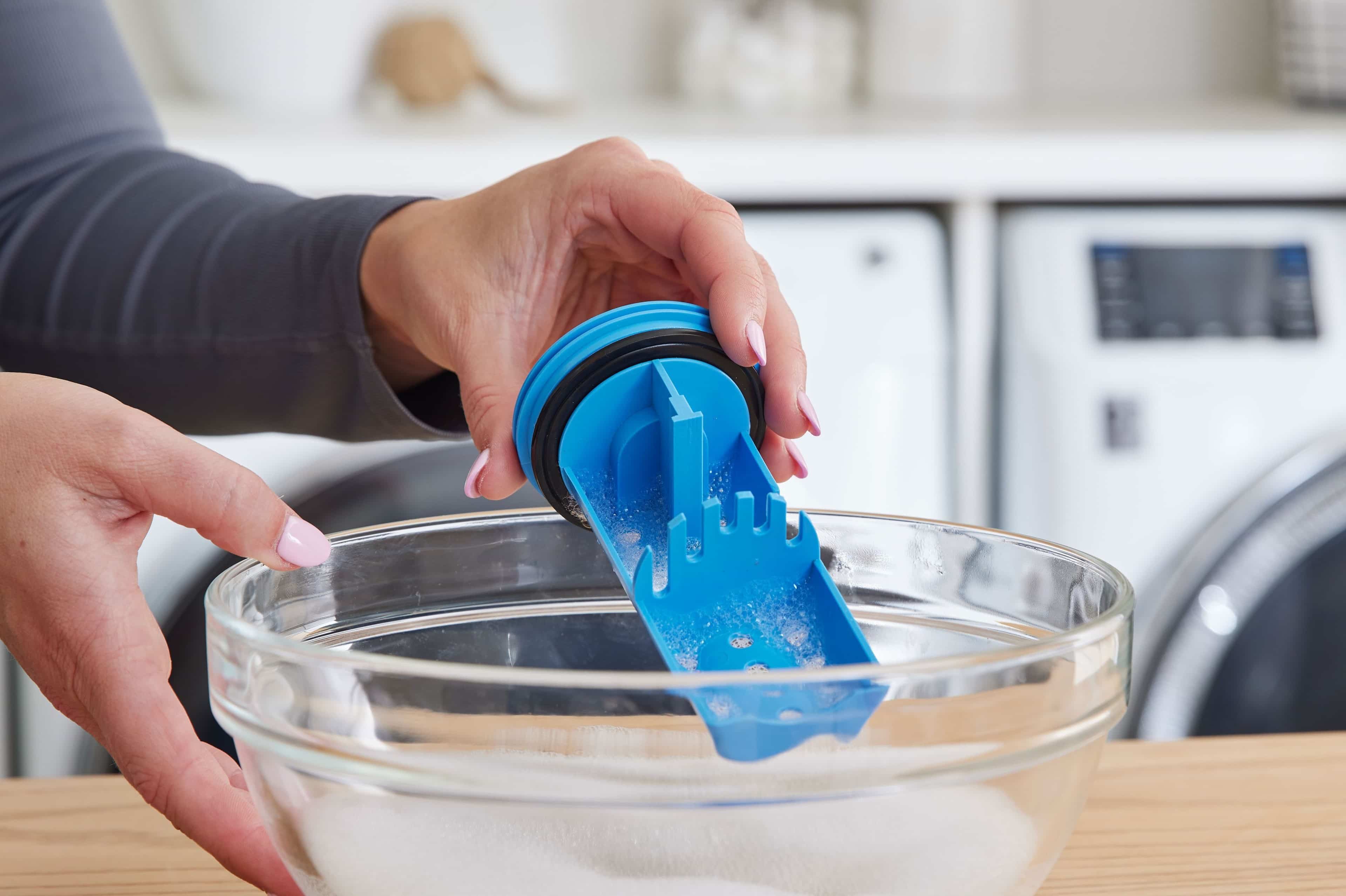
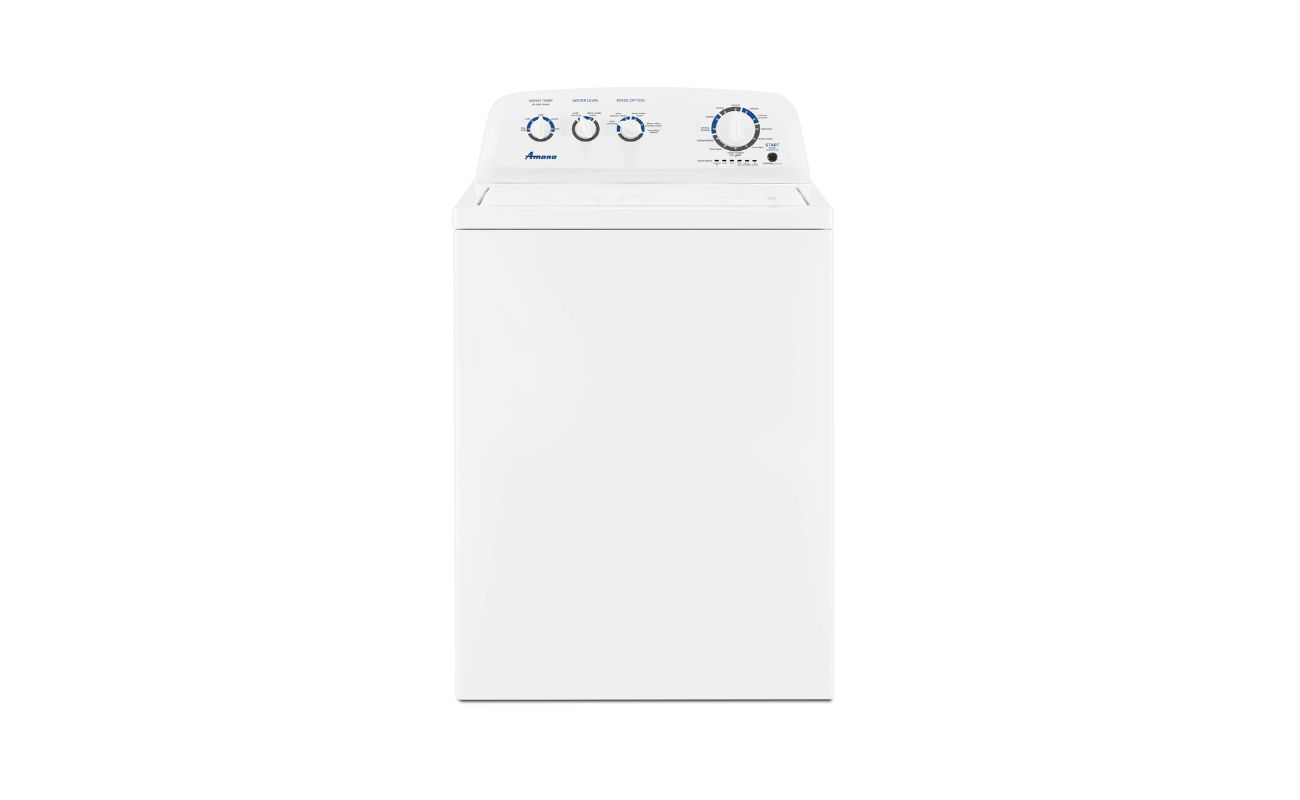
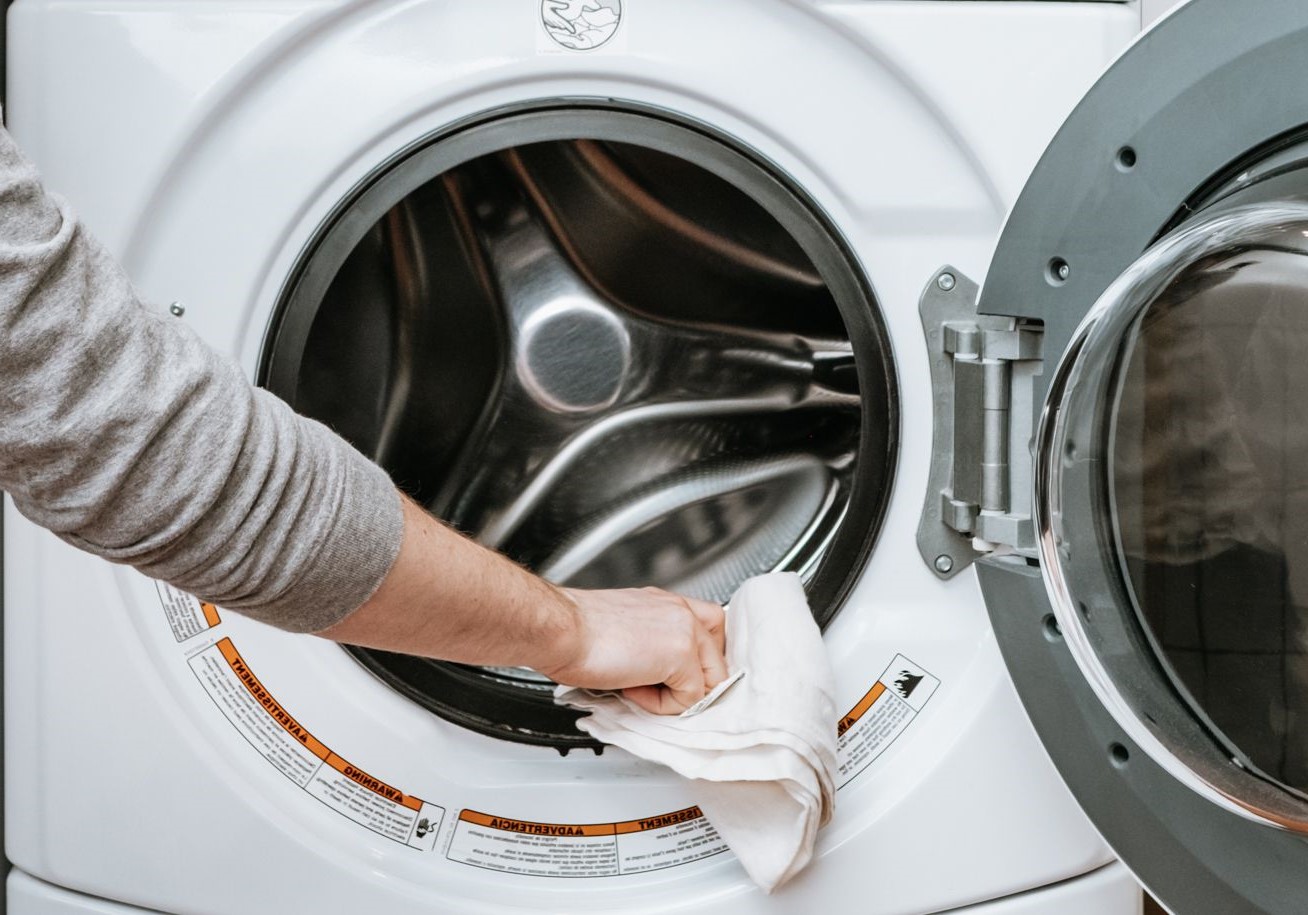
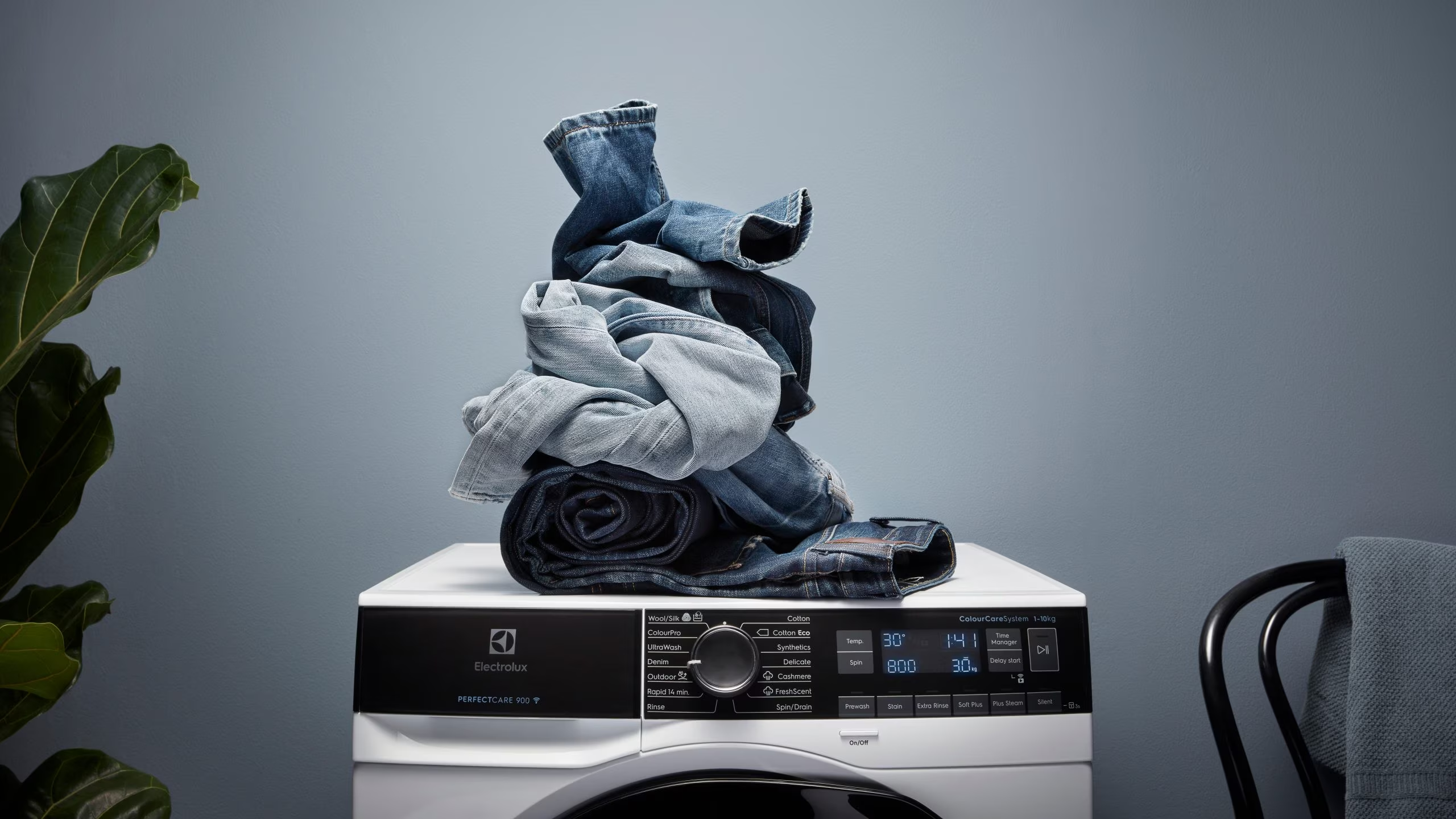
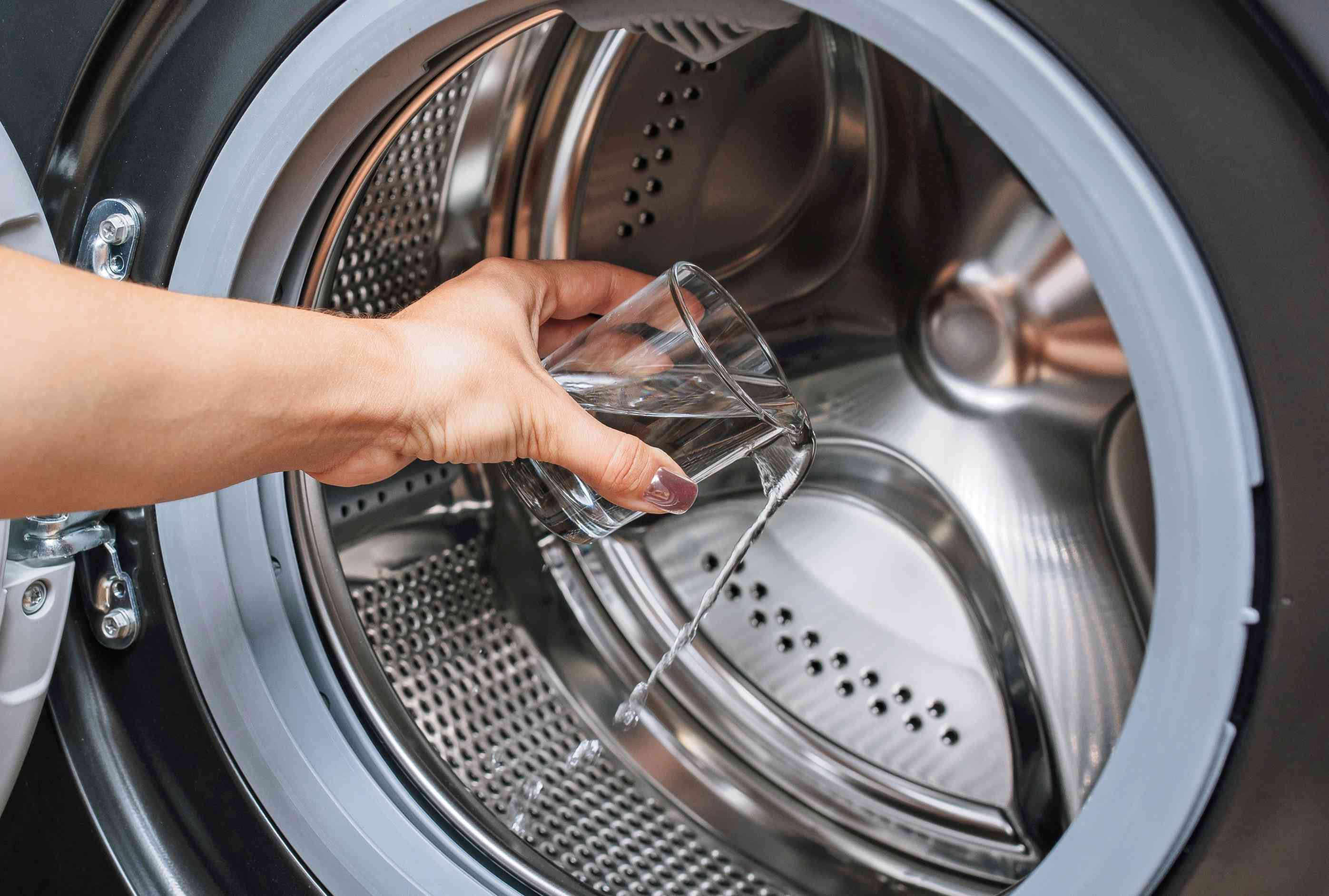
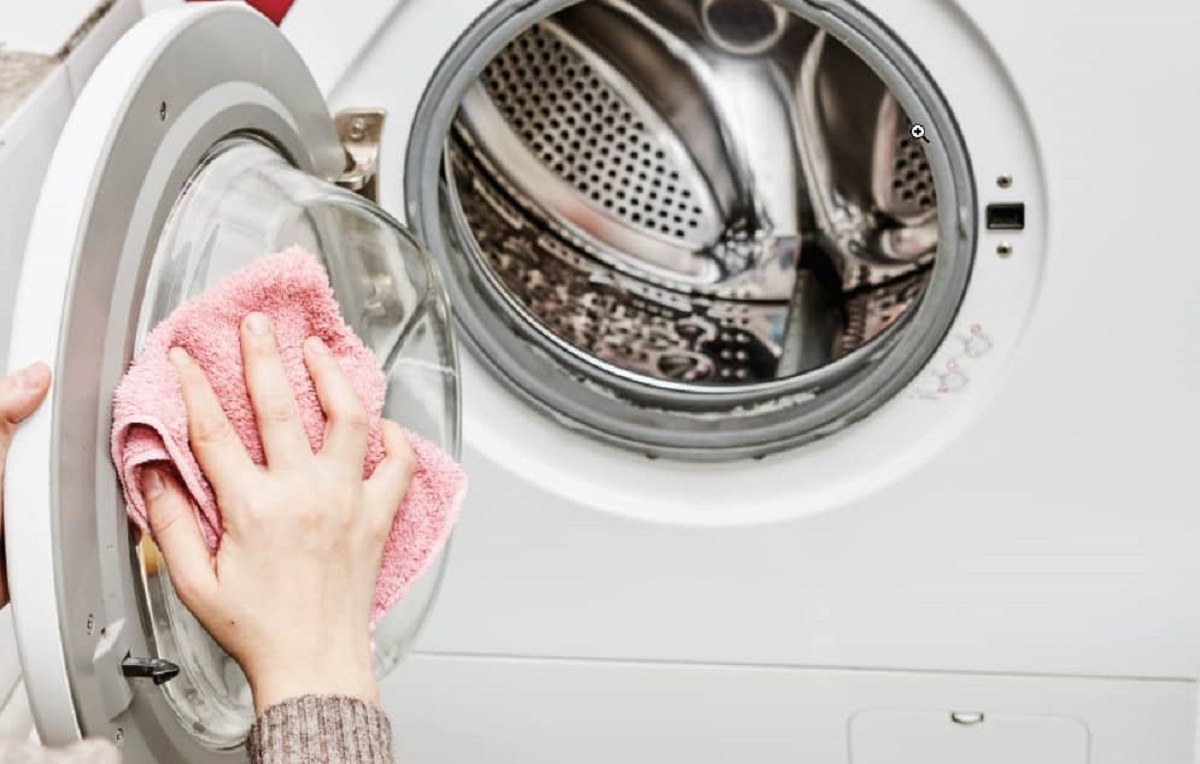
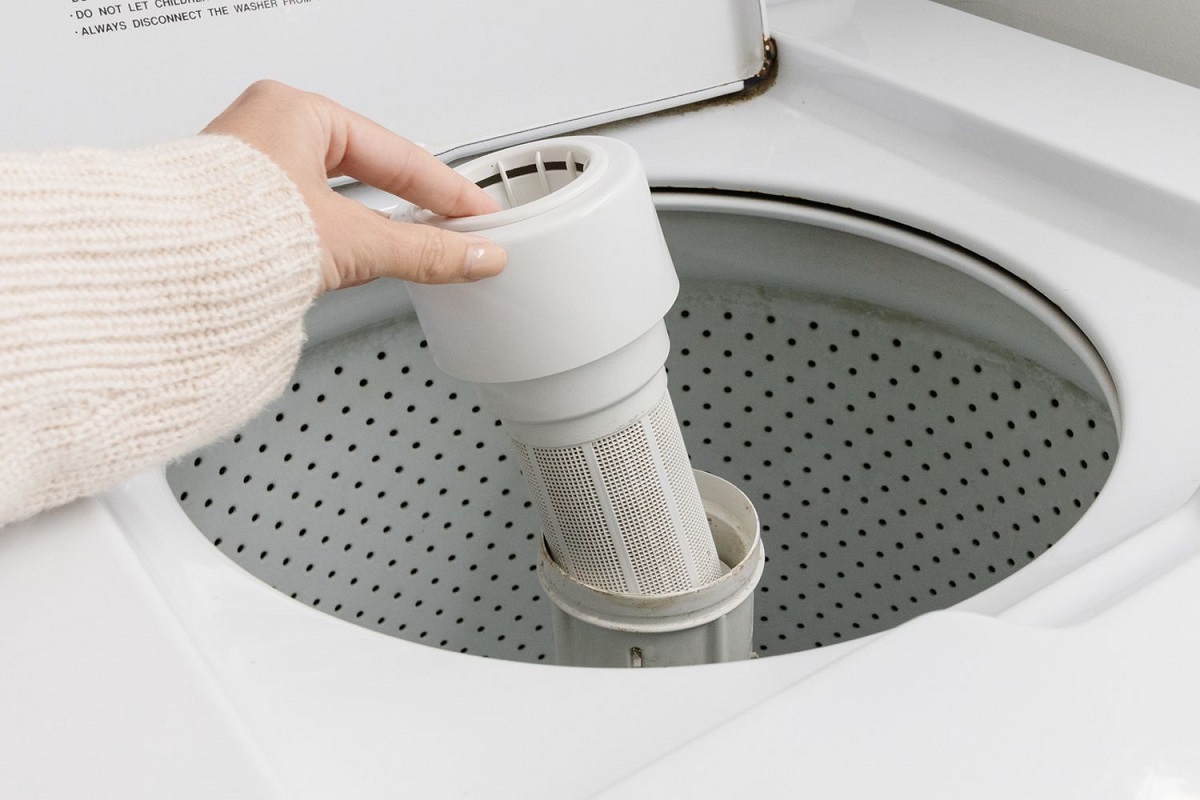
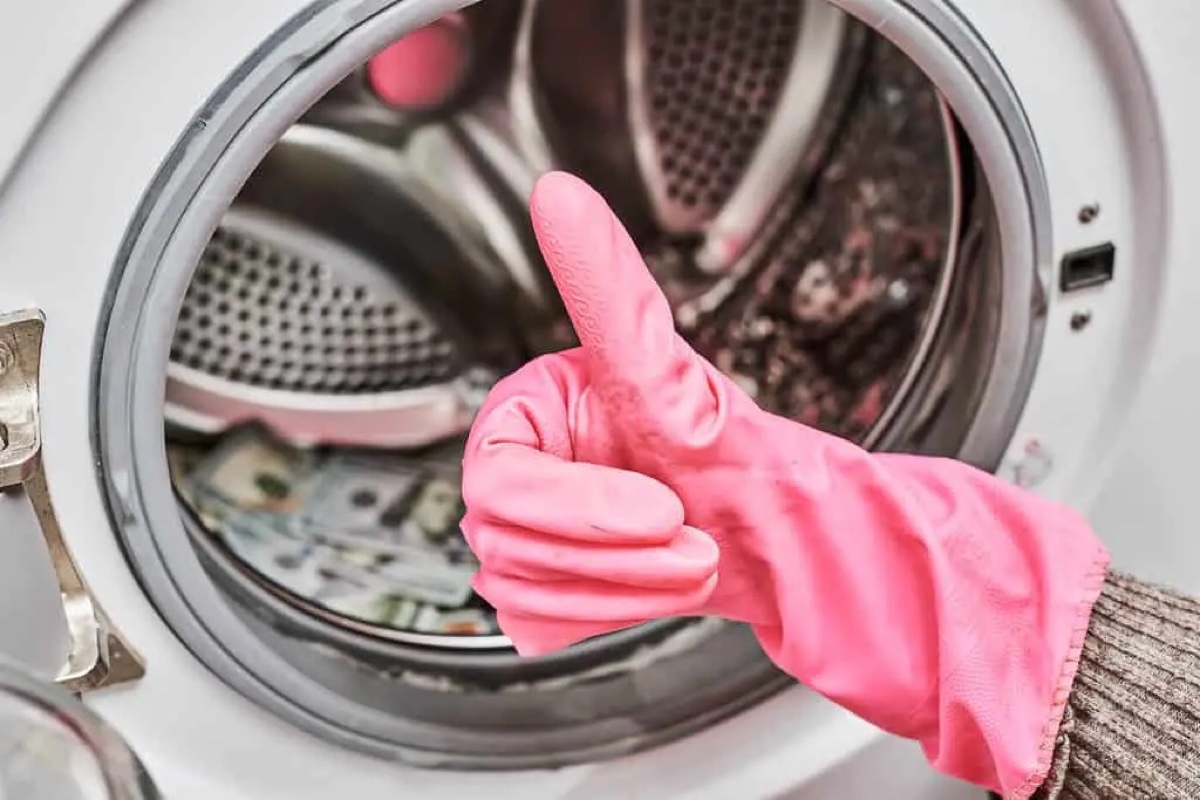

0 thoughts on “How To Clean A Washing Machine Dispenser”